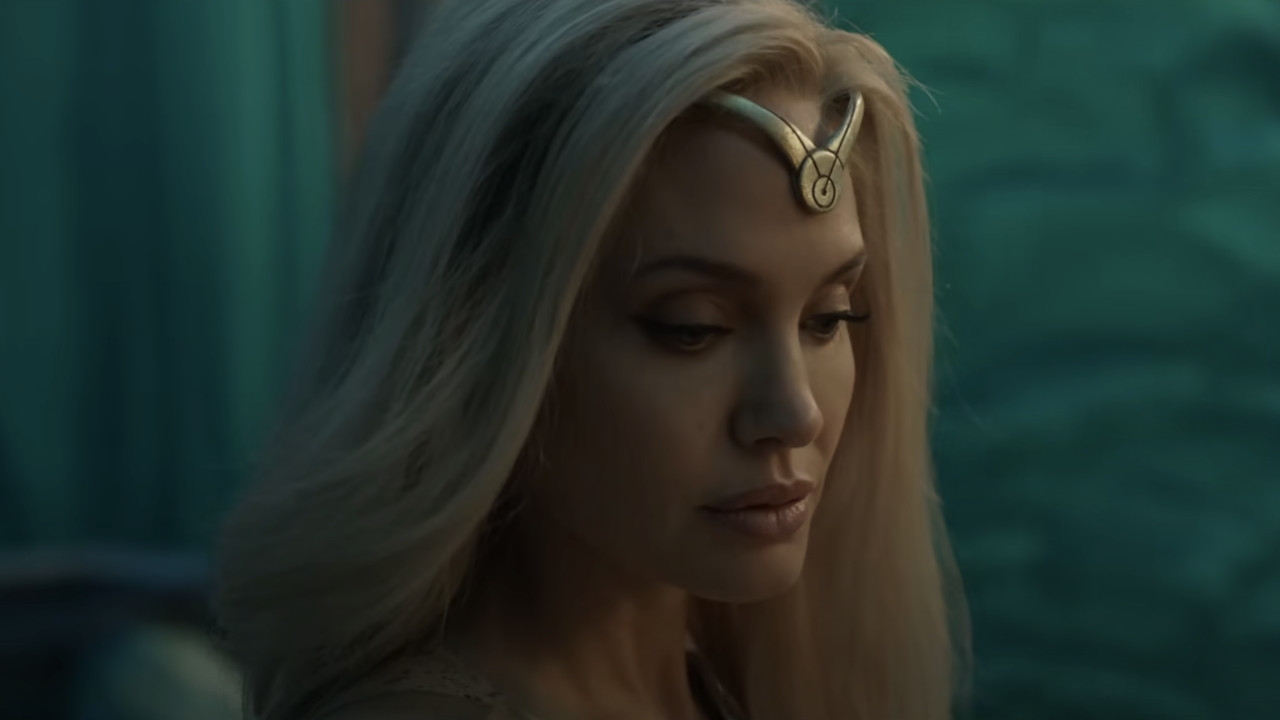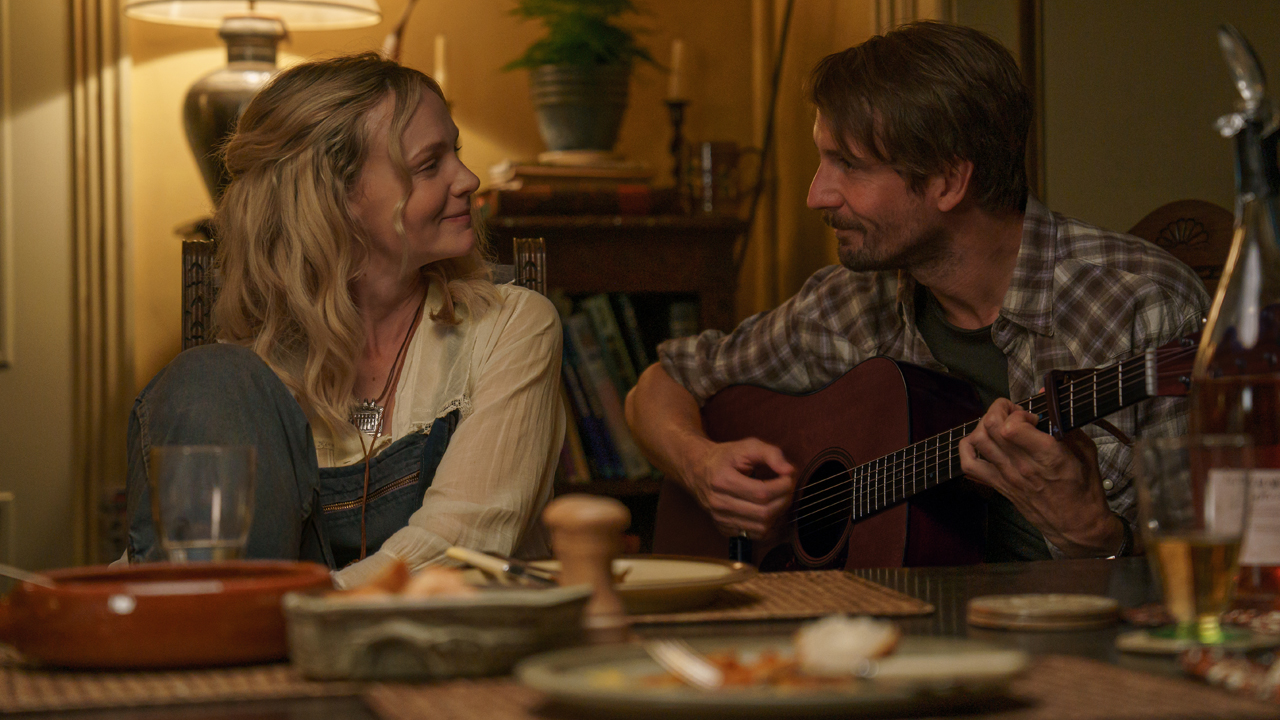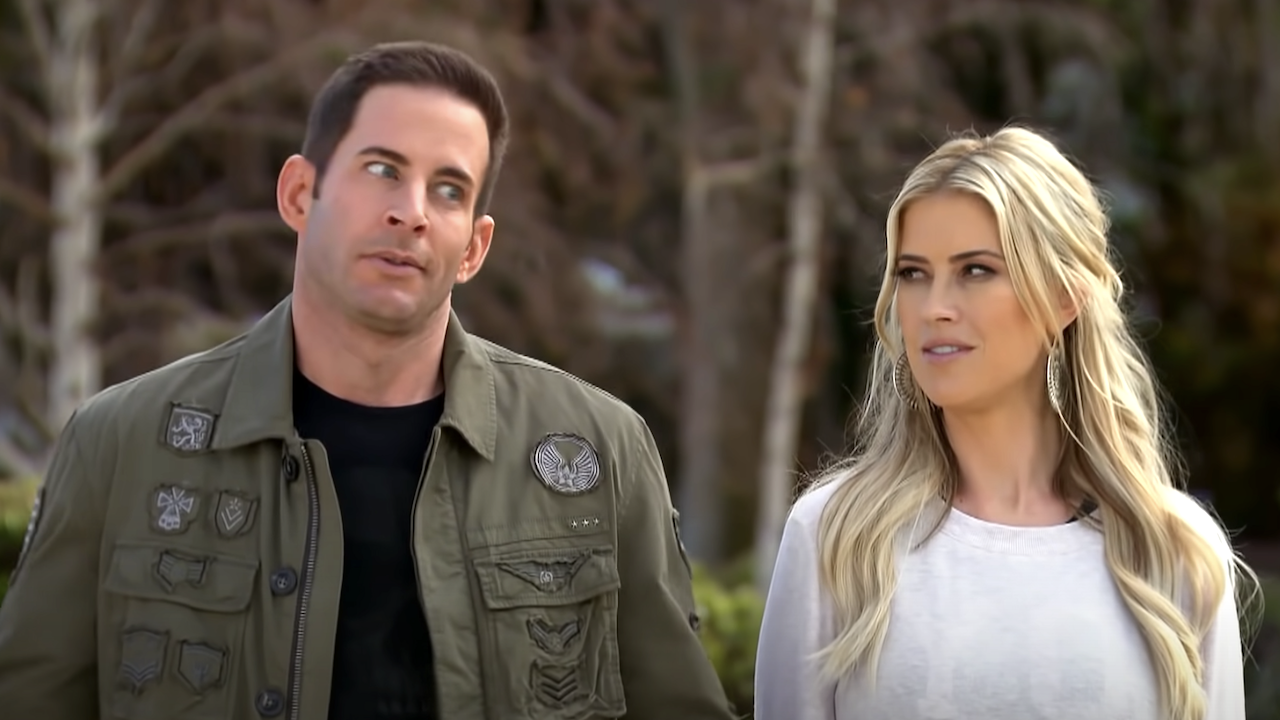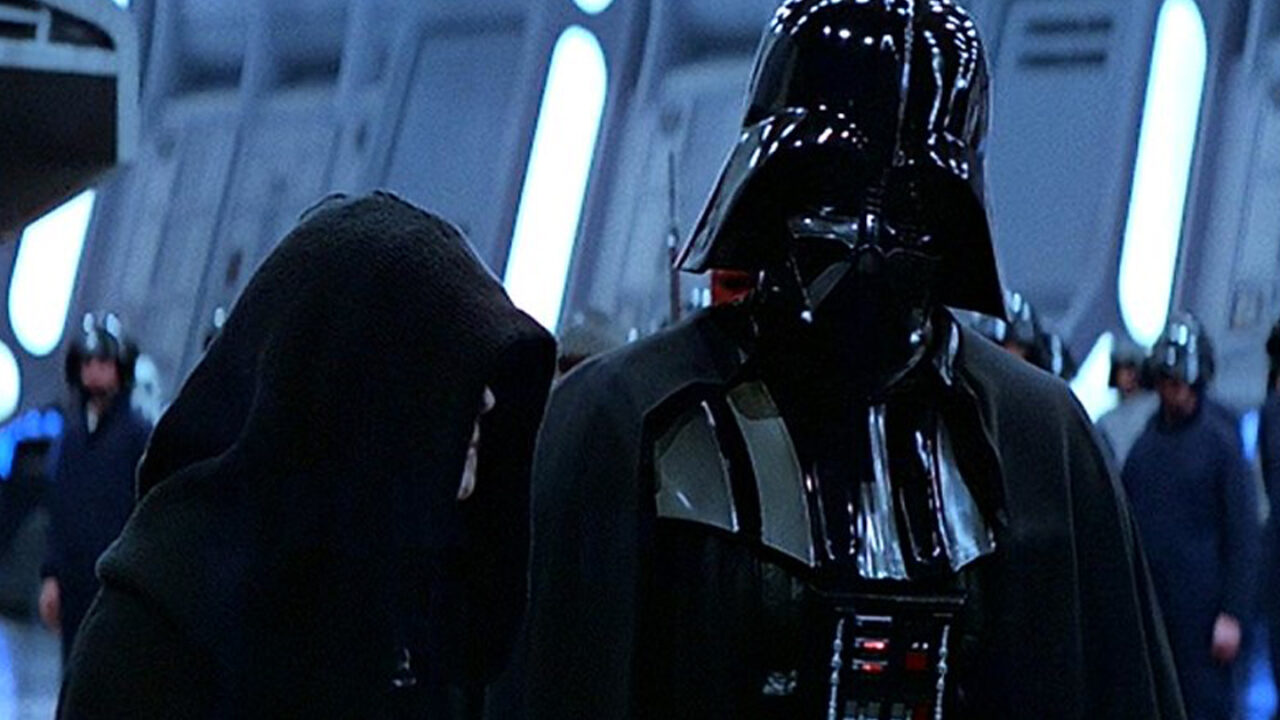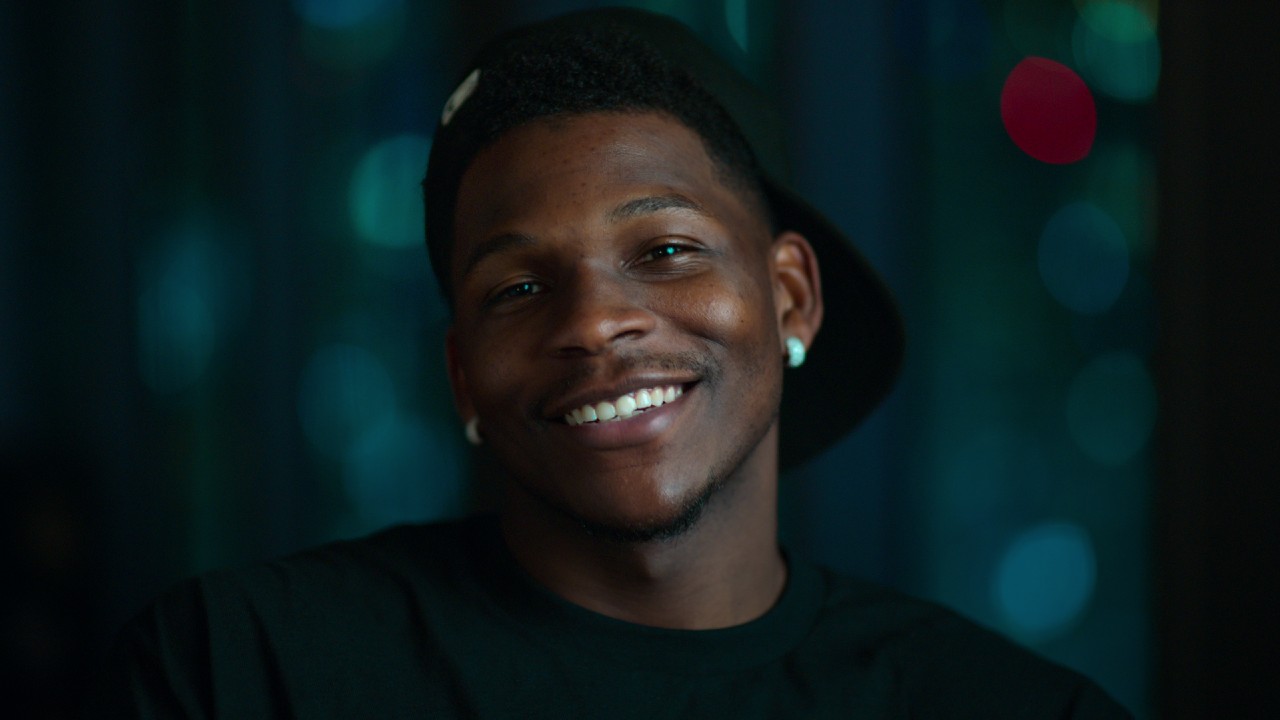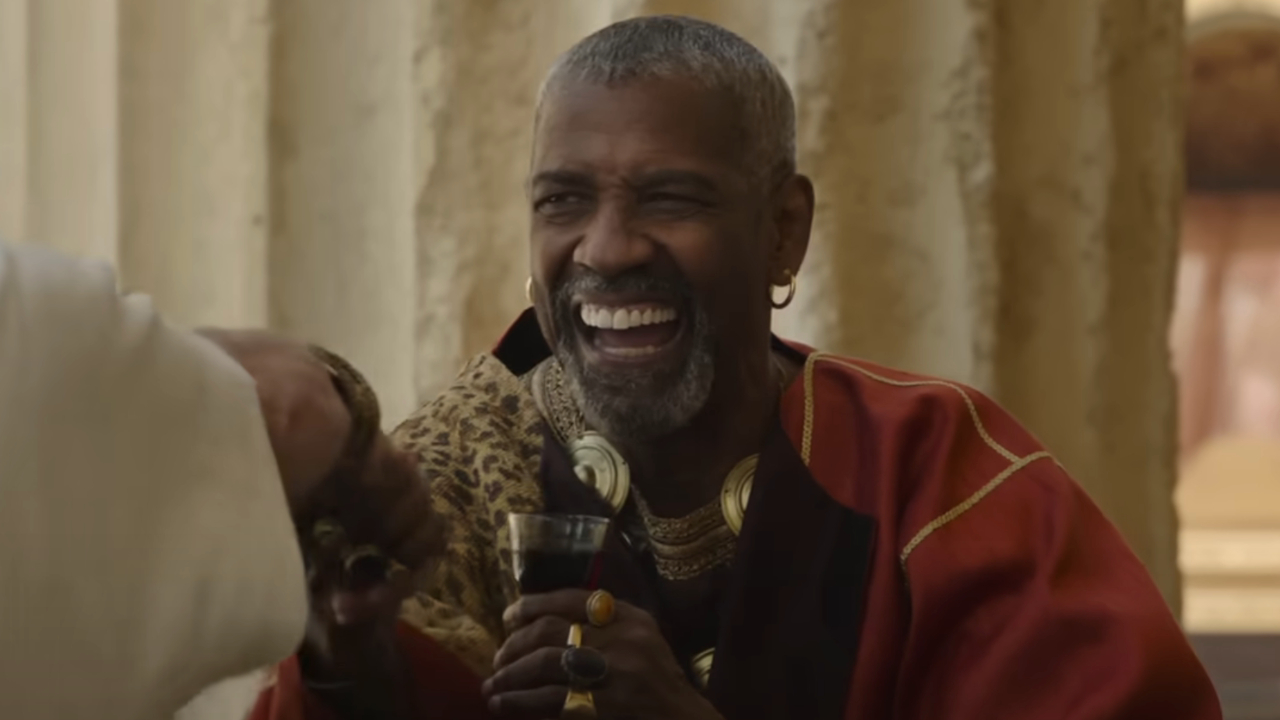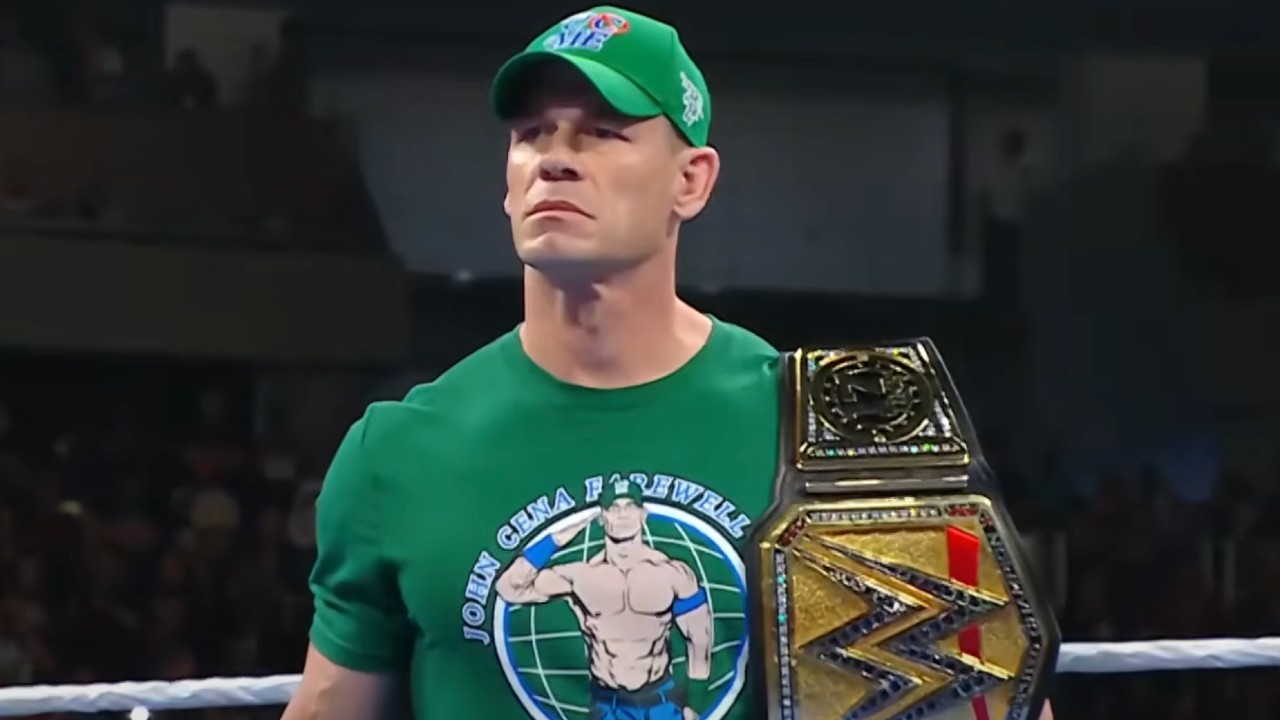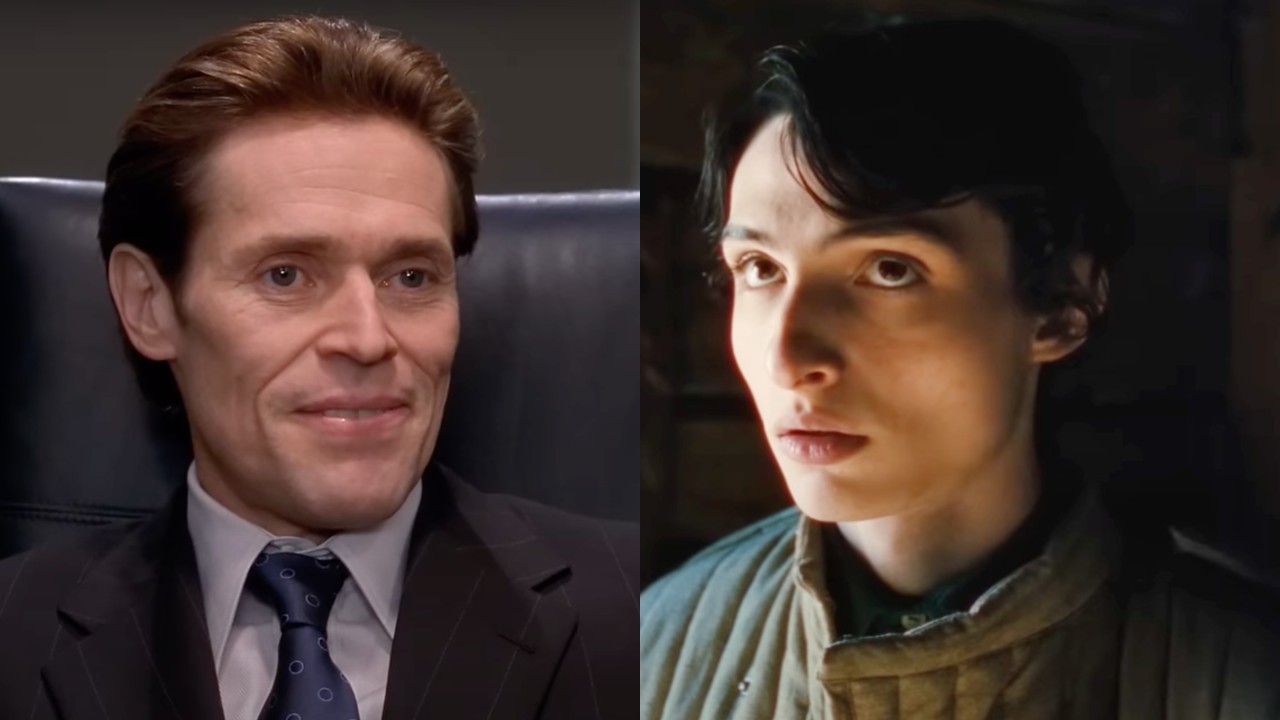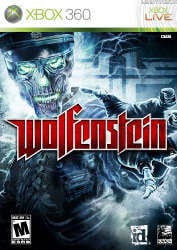
"An American agent battles Nazis and attempts to stop their supernatural experiments." Whoever dreamed up this premise - which the entire Wolfenstein series is based on - really struck gold. Wolfenstein's Indiana Jones-ish combination of World War II and the supernatural never fails to excite me. Unfortunately, the premise is probably the only memorable part of the latest installment.
Though this new game is simply called Wolfenstein, it's not a reboot. It's a direct sequel to 2001's Return to Castle Wolfenstein, though the storylines of the two games don't have many links. Players once again control B.J. Blazkowicz, a secret agent working for the Office of Secret Actions. The Nazis are attempting to harness a mysterious energy source known as the Black Sun and it's up to Blazkowicz to stop them.
Whereas Return had Blazkowicz flying all over the world to disrupt Nazis operations, Wolfenstein takes place almost entirely within the German city of Isenstadt. The structure reminds me of Thief: Deadly Shadows: between missions, you'll go to the "hub" city to stock up on supplies and get briefed by NPCs. Once you've done this prep work, you'll head to some corner of the map to get to your next mission, which takes place in an entirely different level. For example, a Resistance member might be waiting for you with a truck that takes you to a Nazi factory. There are a small number of side missions that take place within the hub city (e.g. defending a Resistance member while he disables a radio tower) but this isn't an open-ended, sandbox game.
While using one central setting should in theory give the player some of that "immersion" that developers like to talk about, it's not a very well-developed setting. There's only a few memorable sites within the city (a statue here, a park there) and very few NPC's with too little to say. Traversing this hub city is a real chore, too. The streets of Isenstadt are refilled with fresh batches of Nazis after every mission that you'll have to tear through in order to get to the black market and/or to the NPC who'll provide your next mission. While you can theoretically avoid them, through use of stealth and silenced weapons, there aren't enough alternate routes through the city for this to be feasible at all times. You can use the sewers and rooftops to some extent but they're not displayed on the game's shoddy maps so it's tough to plot out a route. The game could've really used a Fable II-like trail that indicated the route to your objective; all you get is a hand-drawn map and an indicator on your compass. With all the collapsed buildings, locked doors, and random alleys throughout the city, you're likely to stumble from dead-end to dead-end for about fifteen to twenty minutes before you finally get to your destination.
As previously mentioned, there's a black market in the city where you can stock up on ammunition for your weapons. You can also purchase upgrades for your weapons to make them more accurate, cause more damage, and so forth. These upgrades and ammo are purchased with gold that you're awarded from missions or which you find hidden throughout the game. Hunting for treasure is a tradition of the series and I'm glad to see it not only incorporated into Wolfenstein but serving a useful purpose to boot. However, after spending all that time trying to navigate through Isenstadt though, my hunger for optional exploration was pretty low.
Once you've killed hordes of Nazis in the hub city and reached your mission, you're rewarded with more hordes of Nazis. You'll fight loads of standard, machine gun-wielding Nazis who are surprisingly good shots even at lower difficulty levels. I say "surprisingly" because they're terrible soldiers in every other regard. If there's a wall between you and a Nazi, he'll just fire blindly at said wall until you pop back into view. Though they do take cover, they tend to stay in one spot so they're easy pickings. Occasionally the game does throw a few special Nazis at you, though. There's a heavily armored Tesla trooper who wields a particle cannon and can only be killed by shooting the valves on his shoulders, as well as some sort of Nazi mystic who hurls glowy green stuff at you, moves at lightning speed, and shields nearby troops.
Killing the Tesla trooper, Nazi mystic, and other supernatural baddies requires the use of Veil powers. Early in the game you'll acquire a medallion that allows you to access a dimension that exists on top of ours. The first Veil power highlights weak points on enemies (for example, the valves on the Tesla trooper's armor) and allows you to see other points of interest such as hidden doors and Geists, little flying bugs that explode like fuel barrels. Over the course of the first half of the game you'll also gain the ability to slow time, create a shield, and enhance your bullets so they can fly through those shields that the Nazi mystic is so fond of.
CINEMABLEND NEWSLETTER
Your Daily Blend of Entertainment News
What irks me is that the powers are almost mandatory for some fights. Fighting an invisible Nazi ninja or the guys with jetpacks who fire automatic rocket launchers doesn't work too well without the ability to slow down time. The speed with which some of these enemies can dispatch you is quite frustrating considering how inconsistent the game is with providing checkpoint saves, too. Luckily there's a whole lot of energy packs and pools of Veil energy about to keep you stocked up at all times. While these powers do spice up the gunfights a little, none of them are exactly ground-breaking. There's way too many shooters out there that give their protagonists the ability to slow time. It's not enough to elevate the gameplay above your average corridor shooter.
It wouldn't be a Wolfenstein game if there weren't some wacky supernatural weapons for you to wield and this game's got three. There's Tesla gun that envelops foes in electricity, a particle cannon that dissolves enemies with a stream of green energy, and the Leichenfaust 44, which disintegrates everything within its blast radius. While these special guns tend to make boss fights a little too easy (I downed the last boss within about 10-15 seconds with Veil-enhanced particle cannon fire), they do look great. When you fire the Tesla gun, the enemies spasm in place and start firing their weapon wildly. Even if the gameplay doesn't impress, the visuals often do.
None of those three weapons make an appearance in the game's multiplayer component. The multiplayer is essentially just a straightforward World War II shooter, using the real-world weapons featured in the single-player campaign. All three player classes (Soldier, Medic, Engineer) get a special Veil power but each is shockingly mundane. Soldiers get Veil Strike, a glowy grenade which sits on the ground for about five seconds before it detonates. You can't hold onto the grenade and let that timer cook so enemies will always have ample time to avoid your magic explosive. Medics get an aura that heals everyone around them, eliminating any sort of effort from their class-specific job. Engineers, for some reason, are gifted with the ability to run faster than normal. As you can imagine, none of these powers really shakes things up.
There's not much else to differentiate the classes. The soldier can use heavy weapons and drop satchel bombs, the medics can drop medkits and revive, and the engineers dish out ammo and build/destroy objectives in appropriate matches. As you play matches, you'll earn money but this isn't used to unlock new equipment. Instead, it's used to upgrade your Veil power or weapons. You can only have one upgrade on a weapon at a time and these upgrades remain on the weapon even if you change classes so the character advancement system is more shallow than it initially appears.
The prospect of slightly better Veil magic or weapons just isn't enough to keep multiplayer fresh because online player's not all that fun to begin with. Wolfenstein supports only 12-player matches in three modes: Team Deathmatch, Objective (attack and defend), and Stopwatch (like Objective except teams alternate roles). Team Deathmatch gets old pretty quickly with the low player count and small maps. You can only carry a pistol and one weapon of your choosing at a time. For whatever reason, you're not allowed to swap for guns you find on the ground; if you have a machine gun and walk over a flamethrower, you'll simply be given ammunition for your machine gun. The mechanic doesn't make a whole lot of sense and ultimately makes your killing streaks kind of boring.
Objective/Stopwatch is more fun than Team Deathmatch but that's only because it actually gives Engineers some purpose. They're the ones who can build bridges to cross gaps and blow up targets, and their super speed Veil power makes sense when your team needs to retrieve an object. These two game modes are no different from the Assault and Defend maps you've been playing for years in other games, though. Even if these two multiplayer modes are better than the vanilla Team Deathmatch, it doesn't mean they're necessarily good. Ultimately, Wolfenstein's multiplayer measures up poorly against contemporary shooters. It's even a step backward from the 2003 standalone multiplayer game Wolfenstein: Enemy Territory, which had 32-player matches and five distinct player classes. Wolfenstein: Enemy Territory is free, too.
Despite all this, I'm left craving a sequel. The sci-fi/historical premise still interests me and the franchise has had more hits than misses in its lifetime. However, players who have never experienced Wolfenstein before this game will probably be wary of future installments and I can't blame them. This one just wasn't up to snuff. The multiplayer barely justifies its existence and the single-player fails to offer up any fresh ideas. This franchise was on the ball earlier this decade with Return and Enemy Territory but it's now fallen behind its competition.
Players: 1-12 Players
Platform(s): Xbox 360 (reviewed), PS3, PC
Developer: Raven Software, id Software, Endrant Studios
Publisher: Activision
ESRB: M for Mature
Rating:

Staff Writer at CinemaBlend.
Shiloh Jolie Got A New Tattoo To Honor Mother Angelina, And The Story Is Pretty Sweet
I Went To Universal Studios Hollywood's First Fan Fest Night And I’m Afraid It’s Ruined Halloween Horror Nights For Me
‘It Could Feel Crass And Sort Of Creepy’: The Ballad Of Wallis Island Is A Musical, Comedic Drama, But I Love That The Plot Sounds Like A Horror Movie

